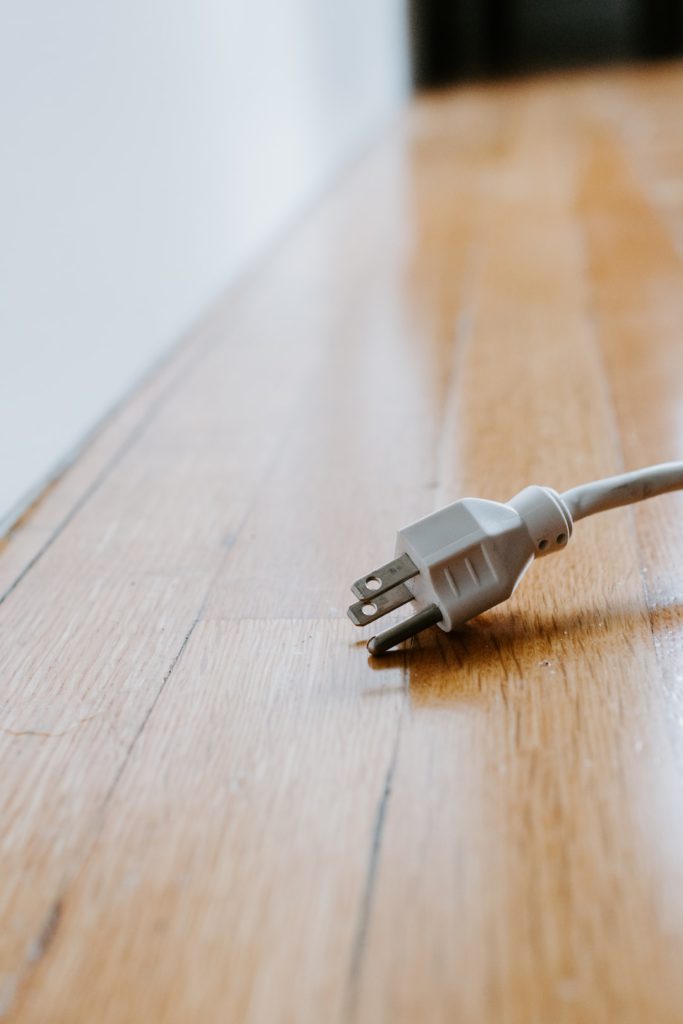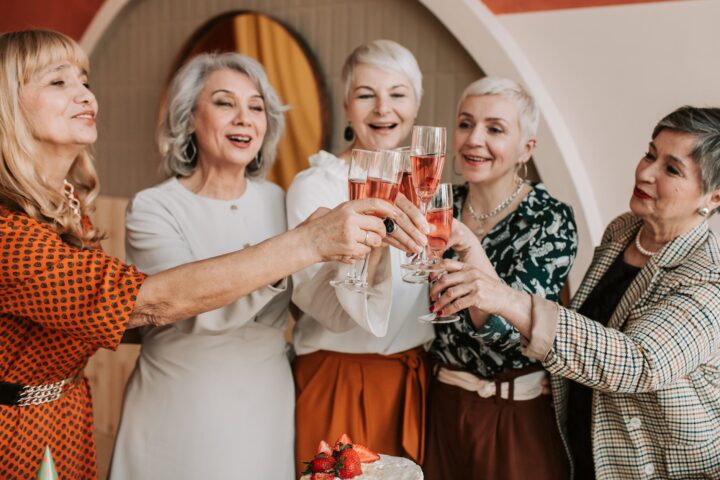Key Takeaways
– White people with braids are individuals who choose to wear braided hairstyles, regardless of their racial background.
– Braids have a long history and cultural significance in various communities around the world.
– White people with braids may face criticism or accusations of cultural appropriation, but it is important to understand the context and intentions behind their choice.
– Appreciating and respecting the cultural origins of braids is crucial, as well as promoting inclusivity and understanding.
The History and Cultural Significance of Braids
Braids have been a part of human culture for thousands of years, with evidence of their existence dating back to ancient civilizations such as Egypt, Greece, and Rome. Throughout history, braided hairstyles have held various meanings and significance in different cultures.
In African cultures, braids have been a significant part of the community and individual identity. They have served as a way to express creativity, cultural heritage, and social status. Different braiding techniques and patterns have been passed down through generations, carrying with them stories, traditions, and symbolism.
Similarly, Native American tribes have a rich history of braided hairstyles. Braids were often adorned with feathers, beads, or other decorative elements, representing spiritual beliefs, tribal affiliations, or personal achievements.
In recent years, braids have gained popularity in mainstream fashion and culture, transcending racial boundaries. People from all backgrounds have embraced braided hairstyles as a form of self-expression, fashion statement, or simply as a way to manage and protect their hair.
White People with Braids: Cultural Appropriation or Personal Choice?
When white individuals choose to wear braids, they may face criticism or accusations of cultural appropriation. Cultural appropriation refers to the adoption or borrowing of elements from another culture, often without understanding or respecting their cultural significance.
It is important to approach the topic of white people with braids with sensitivity and understanding. While cultural appropriation is a valid concern, it is essential to consider the context and intentions behind an individual’s choice to wear braids.
For some white individuals, wearing braids may be a way to appreciate and celebrate the beauty and cultural significance of the hairstyle. They may have taken the time to educate themselves about the history and cultural context of braids, and they may actively support and uplift the communities from which the hairstyle originated.
On the other hand, some white individuals may wear braids without fully understanding or appreciating their cultural significance. In these cases, it is crucial to engage in respectful dialogue and education, rather than immediately dismissing or condemning their choice.
Appreciating and Respecting Cultural Origins
When it comes to white people with braids, it is essential to promote inclusivity, understanding, and respect for cultural origins. Here are some key points to consider:
1. Education: Take the time to learn about the history and cultural significance of braids. Understand the different techniques, patterns, and meanings associated with braided hairstyles in various cultures.
2. Context and Intentions: Consider the context and intentions behind an individual’s choice to wear braids. Are they appreciating and respecting the cultural origins, or are they simply following a trend without understanding the significance?
3. Cultural Exchange: Encourage cultural exchange rather than cultural appropriation. Engage in respectful conversations and learn from each other’s experiences and traditions.
4. Representation: Promote diversity and inclusivity in the fashion and beauty industry. Encourage the representation of different cultures and ethnicities, ensuring that the voices and perspectives of marginalized communities are heard and respected.
Conclusion
White people with braids are individuals who choose to wear braided hairstyles, regardless of their racial background. Braids have a long history and cultural significance in various communities around the world. While cultural appropriation is a valid concern, it is important to understand the context and intentions behind an individual’s choice to wear braids. Appreciating and respecting the cultural origins of braids is crucial, as well as promoting inclusivity and understanding. By engaging in respectful dialogue, education, and promoting diversity, we can create a more inclusive and understanding society.









